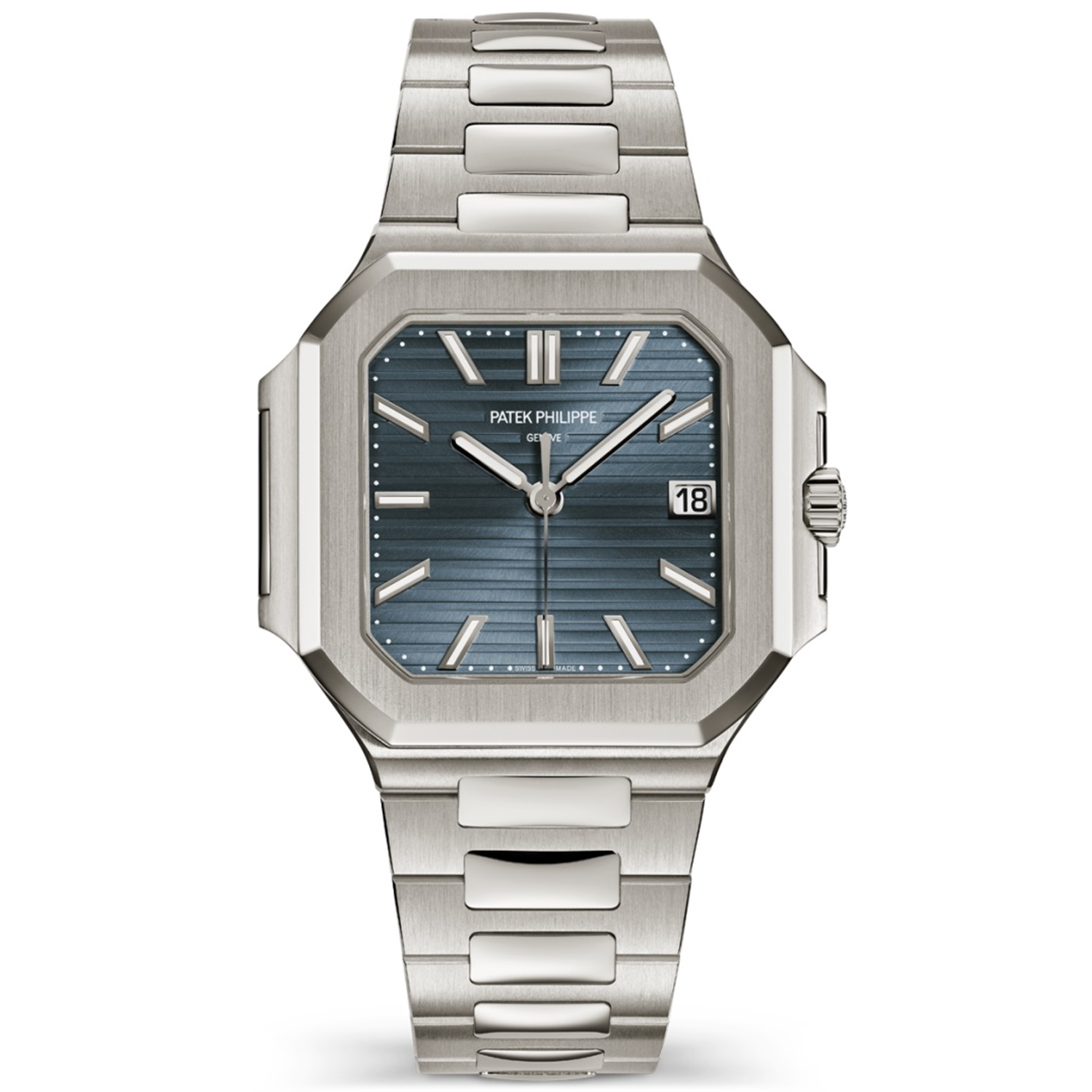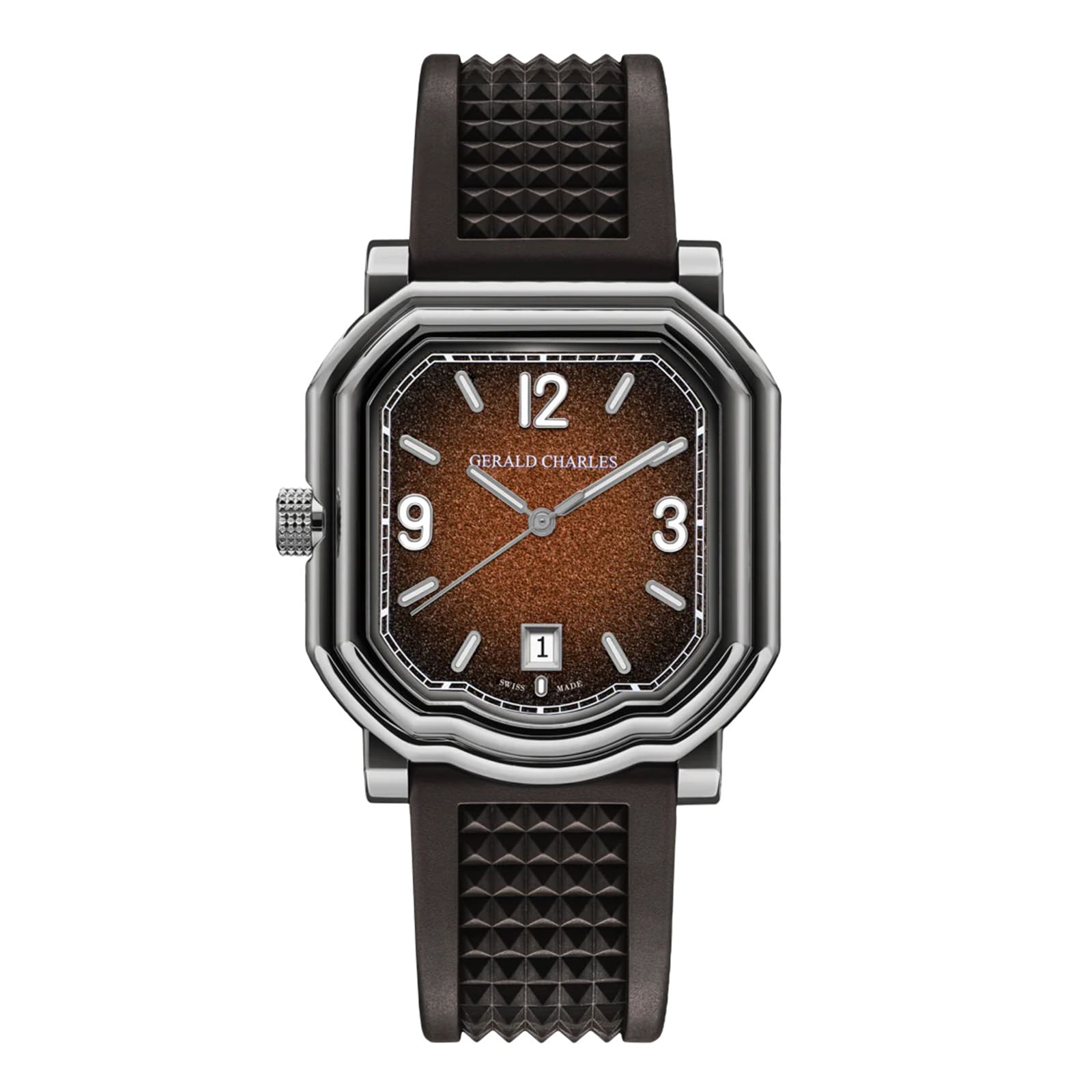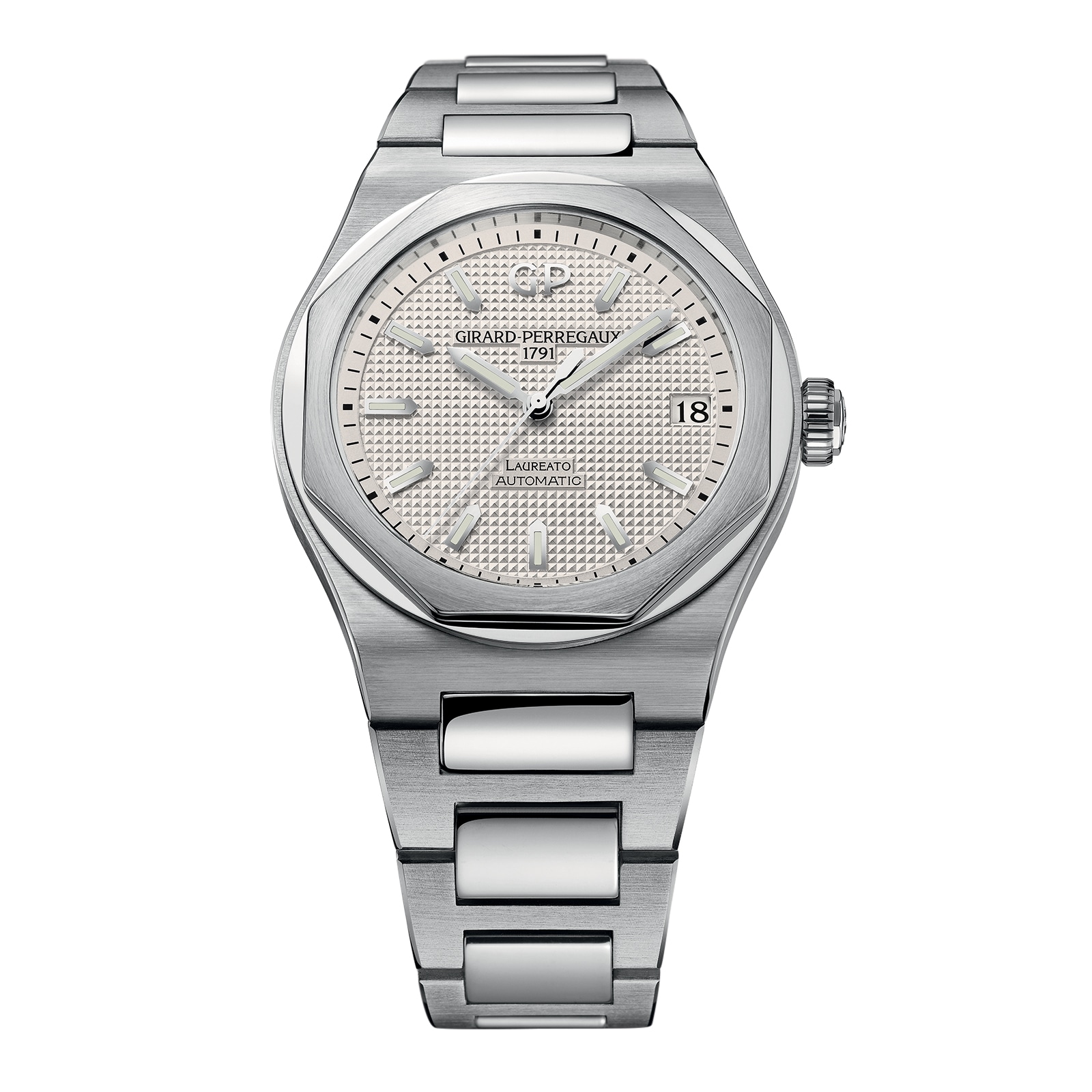The case against symmetry: the watches rejecting roundness
Watchmaking is focusing on case shape, the heart of every watch’s form and fit. So what’s the future of case shape? And since we’re programmed to love that balance, are we ready to let go of our addiction to symmetry?
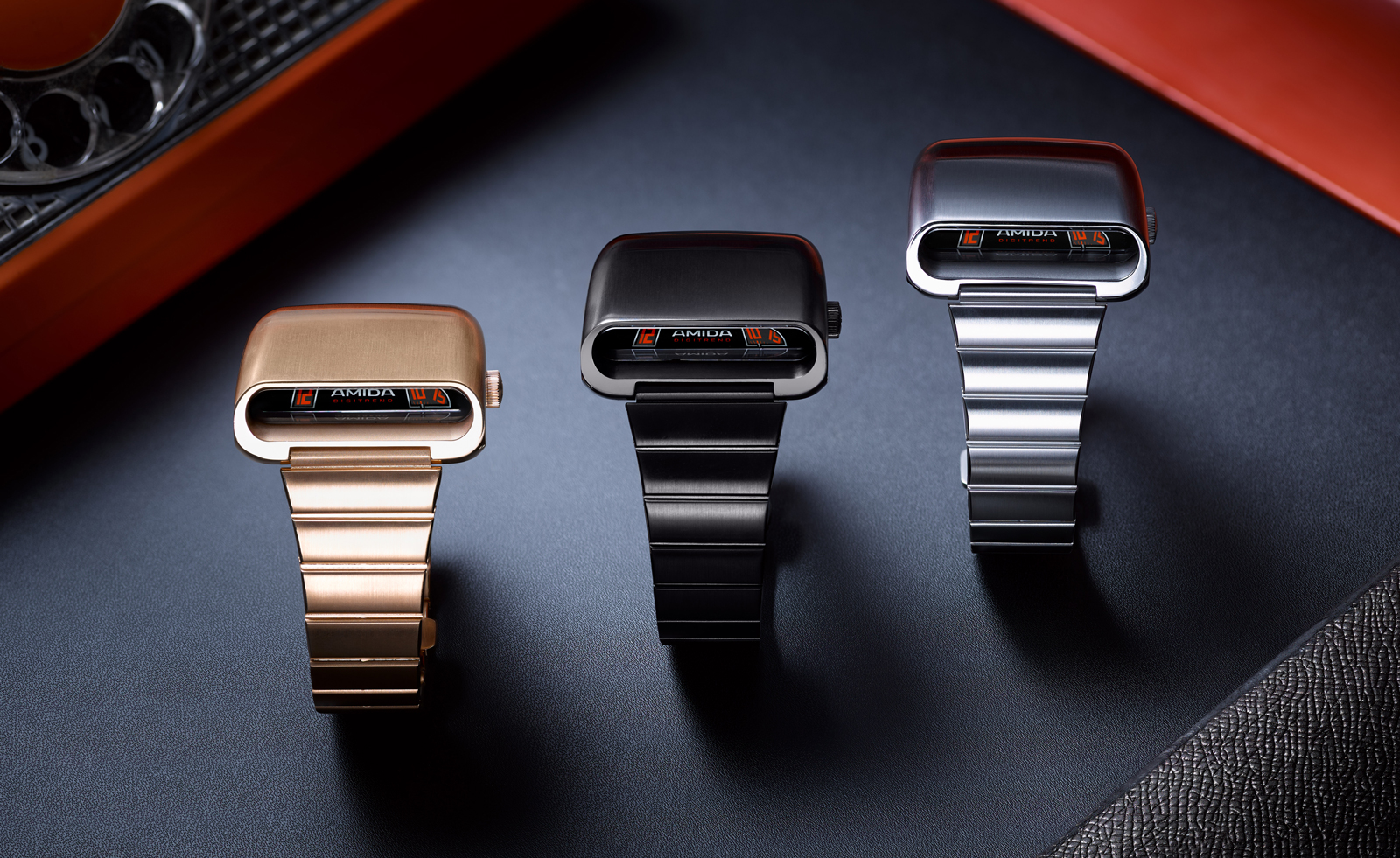
When Patek Philippe launched its Cubitus two years ago, there were many concerned with its distinctive shape: depending on who you asked, it was too square, or maybe not square enough. 'The entire point of the watch is to have a recognisable case shape,' one Reddit user noted – that, after all, is a key factor in what makes a watch iconic, at least eventually.
Those complainers may wonder why the watch has since become a best-seller anyway, with grey market values topping three times the retail price. Perhaps, in part, it’s because any deviation from the traditional round form – which is said to account for at least 90 per cent of the watch market – stands out, gaining attention as consumers get used to the idea. Cartier’s wonky Crash (featured in Cartier's current V&A exhibition) and Audemars Piguet’s octagonal Royal Oak – designed by Gerald Genta – met similar disaffection at first too. Might, indeed, they be considered the pathfinders, with unusual shapes predicted as a key trend for 2025?
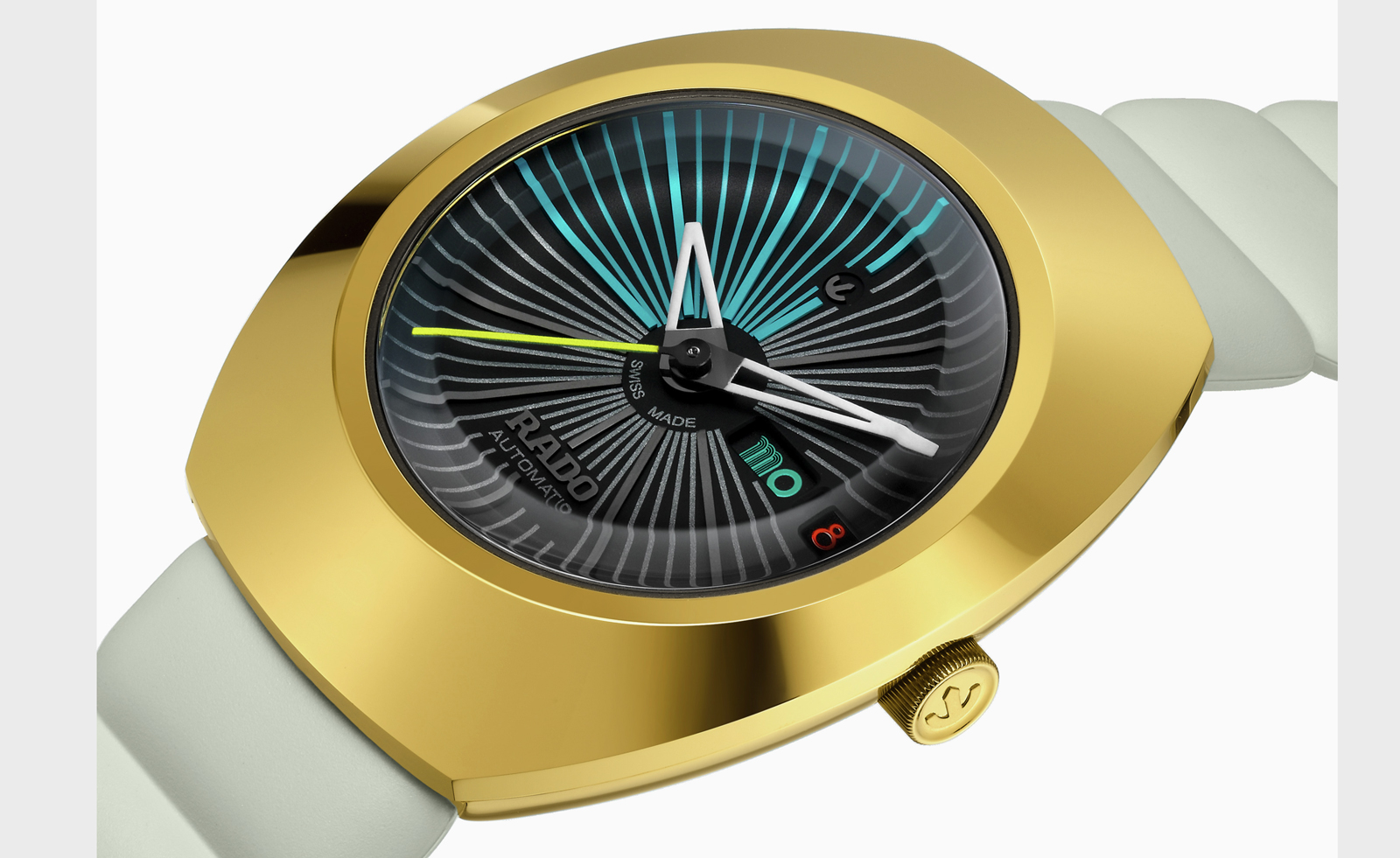
Rado Tej Chuahan Diastar
Dennison Watch, for example, has recently launched its ALD collection with a rounded ‘TV screen’ dial, despite the awareness that, 'square, cushion, oval, oblong, whatever the shape, it just isn’t commercial', as founder Toby Sutton puts it. 'But unusual watches that were just considered “ugly” five years ago are now classed as “different”, so we thought it was worth the risk.'
Maen has launched its first jumping hour with a twist on the tonneau, while Gerald Charles – Genta’s own brand – has just won the Luxury Watch of the Year at the Inhorgenta Awards for the Masterlink version of its asymmetric Maestro case.
Indeed, according to Federico Ziviani, the company’s CEO, 'having the right shape is extremely difficult, but that shape has [nonetheless] become our signature' – so much so that when he joined Gerald Charles in 2019, he discontinued production of all of its other shaped watches.
Other new launches so far in 2025 include the likes of a True Square skeleton and oval Tej Chuahan Diastar from Rado, an octagonal Laureato Aston Martin edition from Girard Perregaux, a rectangular Extraflat from Richard Mille, plus more stand-out ‘experimental’ pieces from the likes of Urwerk and MB&F. But the vast majority of new pieces? Still round.
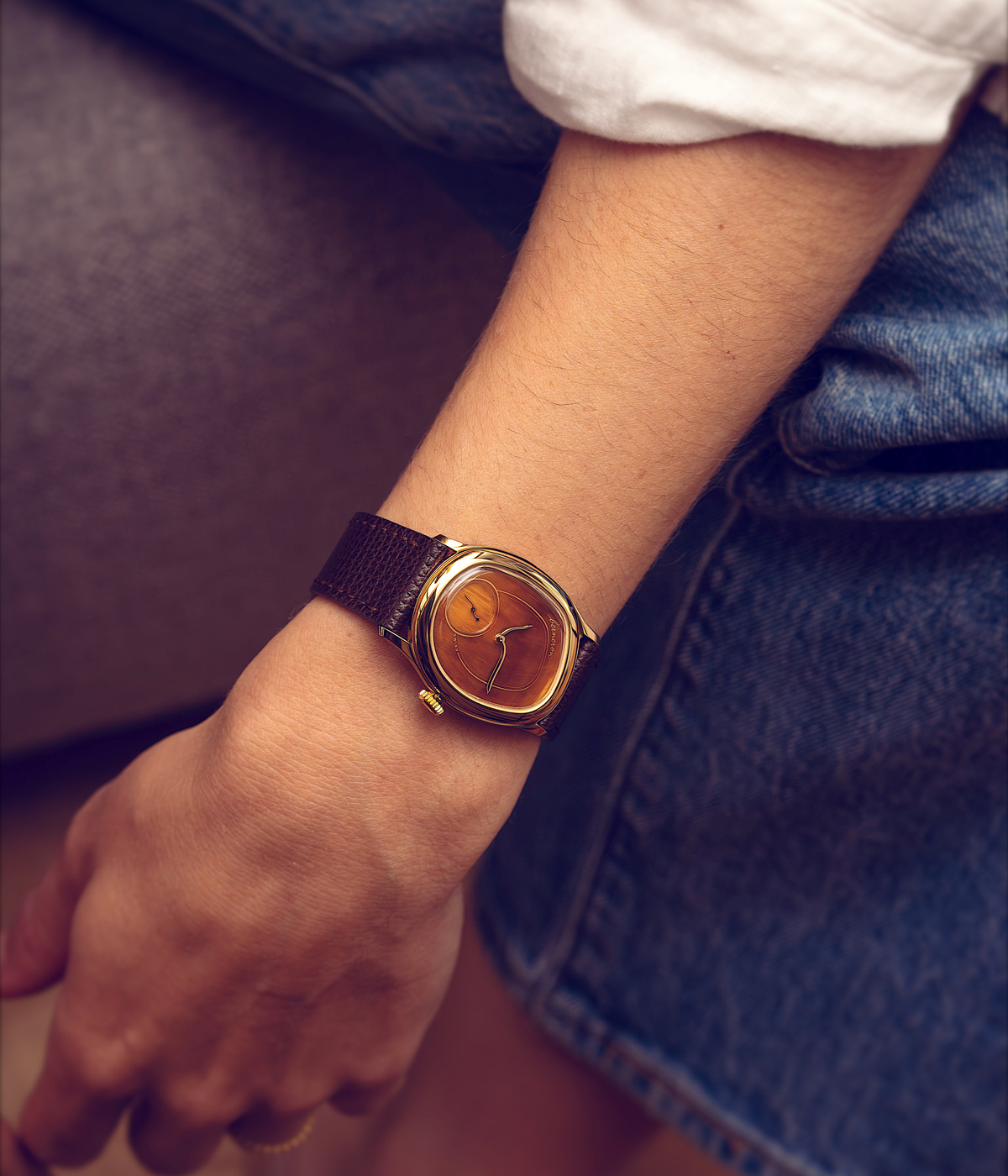
Berneron Mirage
'Roundness is written into the history of watches – it’s a classic form, many parts of the movement are round, the hands are centred and trace a round form, so it’s hard to escape. It’s what most clients want,' says the independent watch designer and MB&F regular Eric Giroud. 'I think you see a divide between brands with a watchmaking heritage, for whom round is logical, and those with a jewellery heritage, for whom a watch is also an exploration of form.'
Receive our daily digest of inspiration, escapism and design stories from around the world direct to your inbox.
Might the latter be moving to the fore? While there are several differently shaped watches that have eventually achieved iconic status – Tag Heuer’s Monaco or Jaeger LeCoultre’s Reverso, for instance – there remains a deep-seated reluctance to break free of the tyranny of the round. According to Matthieu Allegre, the designer behind Amida’s reimagined Digitrend driver’s watch, the 1970s marked the last boom time for unusual shapes, but the Quartz crisis then encouraged a return to safe options.
'With round the habit again, the more complex the shape the greater the volume of sales you need to make developments costs worthwhile. But the market is changing again,' he insists. 'Yes, these shapes take time to find acceptance, but they have a strong identity. The industry can’t keep thinking of them as risky, especially when, I think, there’s more of a demand for novelty in case shape, especially given social media and the need to stand out that it demands.'
'There’s more of a demand for novelty in case shape, especially given social media and the need to stand out that it demands'
Matthieu Allegre, watch designer
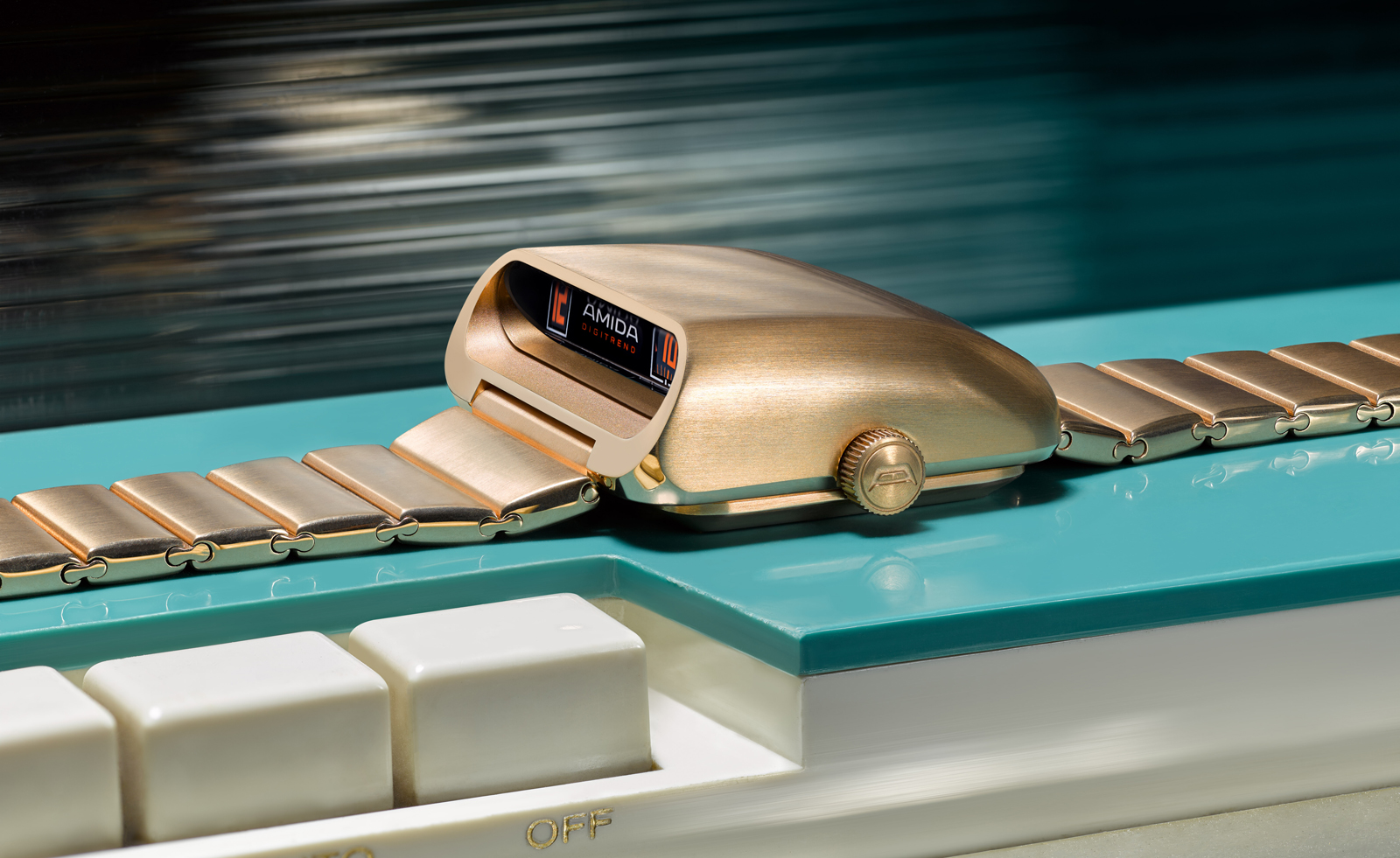
The Amida watch
Sylvain Berneron, designer of what has been widely acclaimed as one of the most innovative watches of recent years (his debut Berneron Mirage watch is entirely asymmetric and takes its case shape from the lay-out of the movement) argues that the slow rise of unusual case shapes is a counter-reaction to the watch market’s over-saturation by vintage-inspired steel sports watches. And, he adds, the reluctance of the major luxury conglomerates to experiment. 'For them, designing another chronograph movement that can fit into several different round models is just that much easier,' he suggests.
Berneron adds that the watch is undergoing a fundamental change of role, and especially for Gen Z: with acceptance that the idea of the time-telling tool watch makes less and less sense in the smartphone age, the move is towards more expressive designs and what he calls 'technical jewellery'. 'Nobody needs a rotating bezel,' he says. 'But the big brands of this extremely conservative industry haven’t understood that yet. It’s being slow to react to a consumer who is waiting for something more interesting, and the way to provide that is to be more shape-led.'
Josh Sims is a journalist contributing to the likes of The Times, Esquire and the BBC. He's the author of many books on style, including Retro Watches (Thames & Hudson).
-
 This cult Los Angeles pop-up restaurant now has a permanent address
This cult Los Angeles pop-up restaurant now has a permanent addressChef Brian Baik’s Corridor 109 makes its permanent debut in Melrose Hill. No surprise, it's now one of the hardest tables in town to book
-
 French bistro restaurant Maset channels the ease of the Mediterranean in London
French bistro restaurant Maset channels the ease of the Mediterranean in LondonThis Marylebone restaurant is shaped by the coastal flavours, materials and rhythms of southern France
-
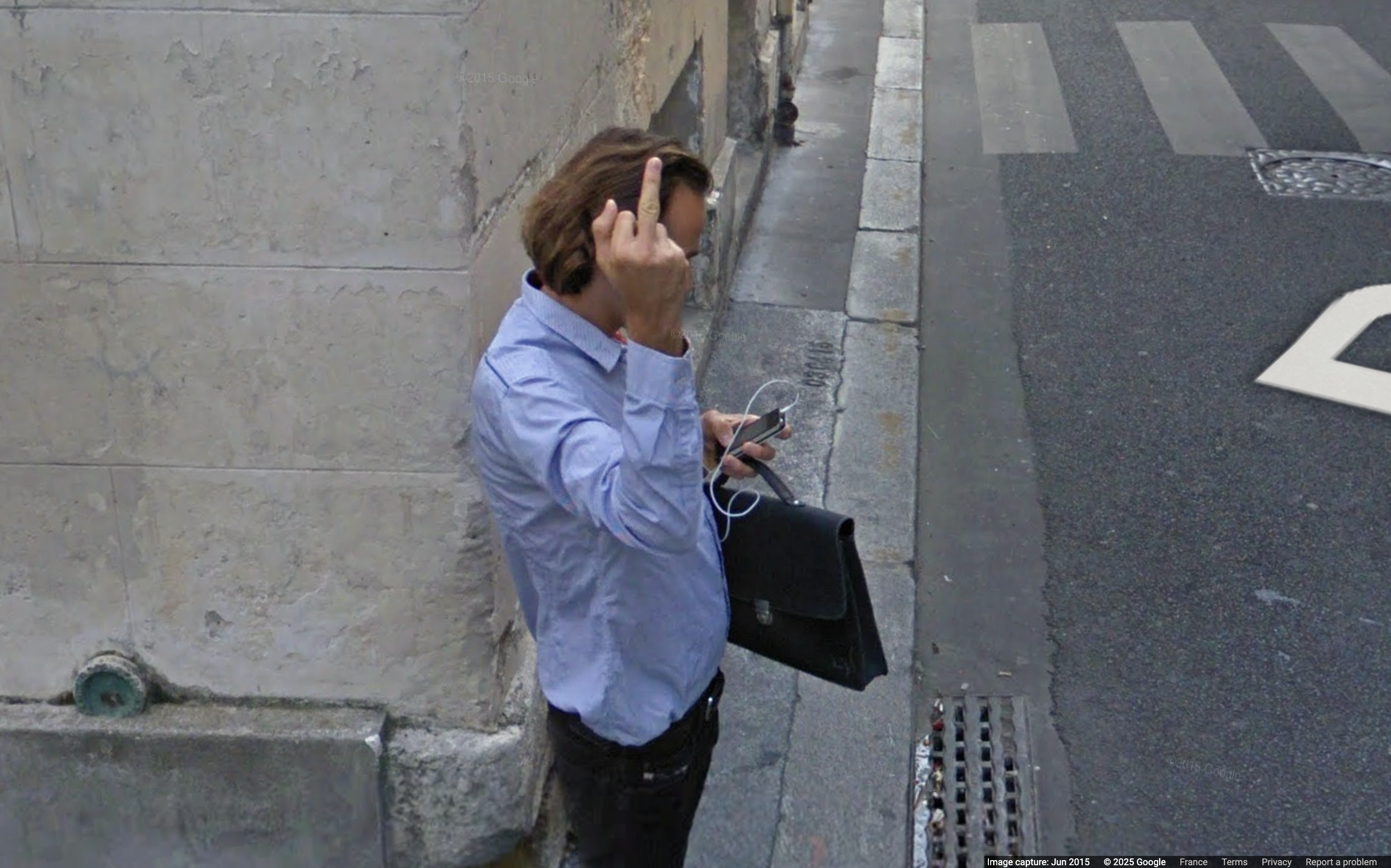 How ethical is Google Street View, asks Jon Rafman in Copenhagen
How ethical is Google Street View, asks Jon Rafman in CopenhagenIn 'Report a Concern - the Nine Eyes Archives' at Louisiana Museum of Art, Copenhagen, Jon Rafman considers technology's existential implications
-
 Inside AP House in Manchester, as Audemars Piguet heads north
Inside AP House in Manchester, as Audemars Piguet heads northAudemars Piguet has opened its second AP House in the UK, on Manchester’s smart King Street, and the immersive showroom’s design is full of nods to the city
-
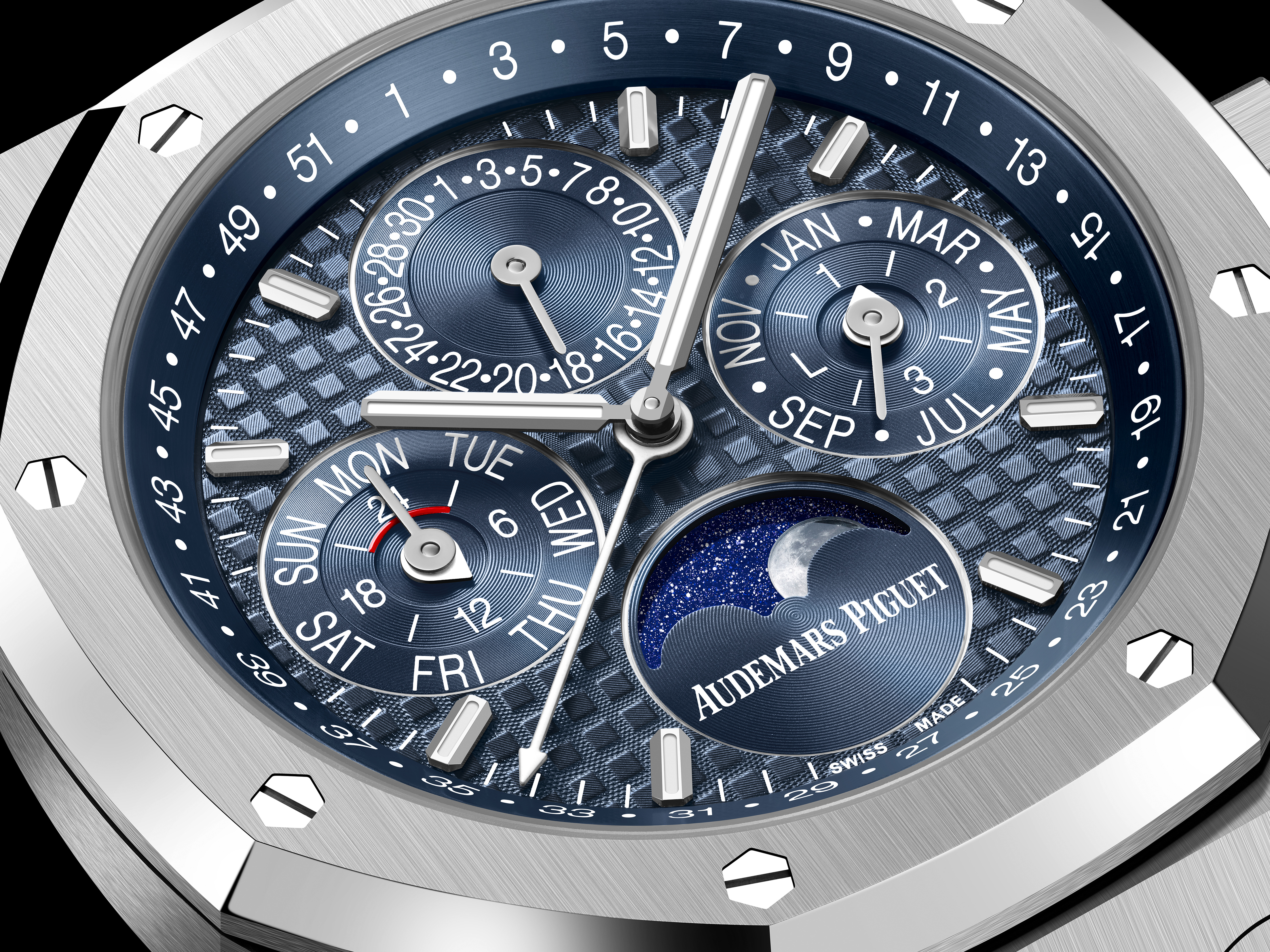 The Audemars Piguet Royal Oak Perpetual Calendar watch solves an age-old watchmaking problem
The Audemars Piguet Royal Oak Perpetual Calendar watch solves an age-old watchmaking problemThis new watch may be highly technical, but it is refreshingly usable
-
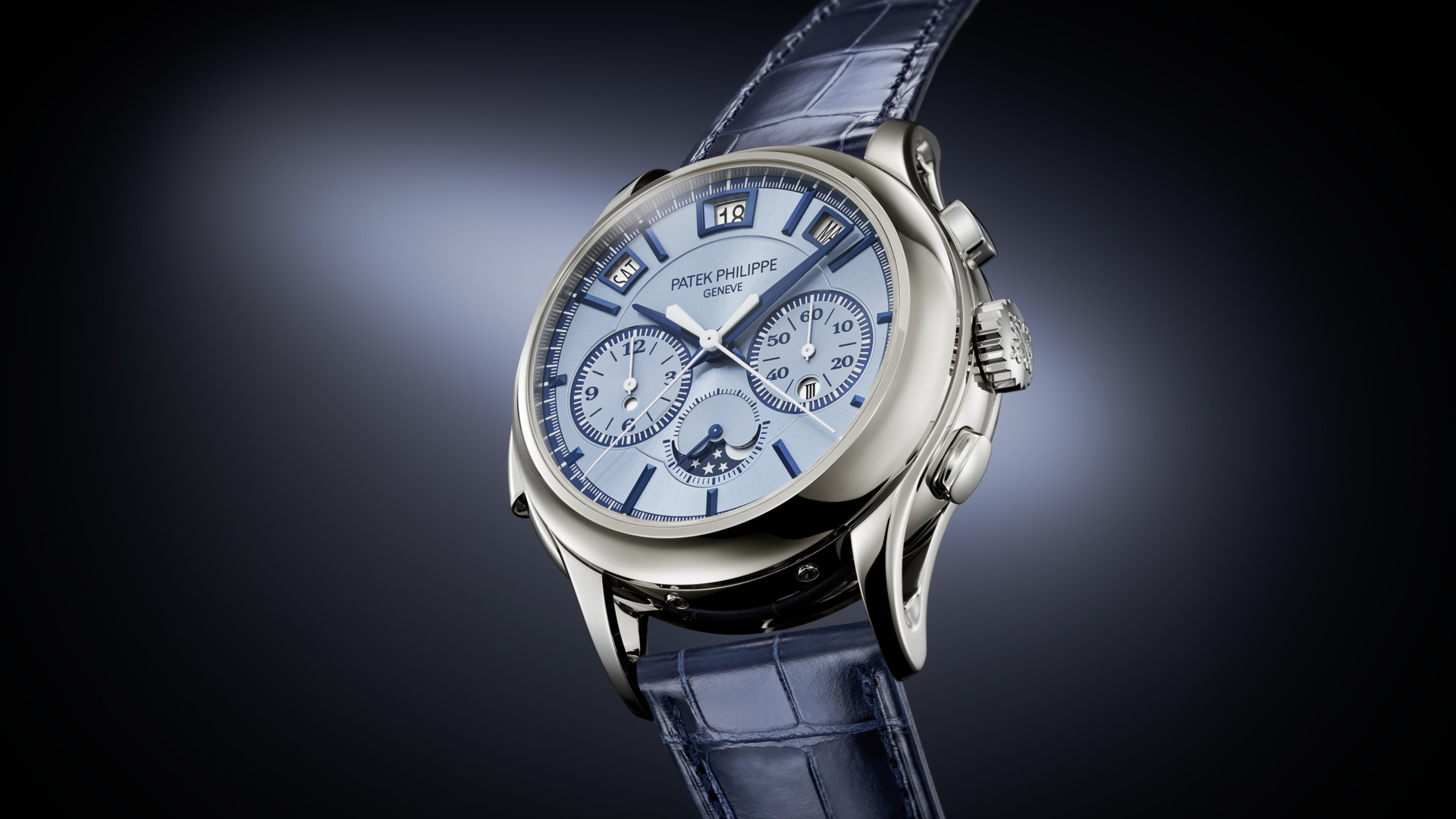 Patek Philippe brings 15 new timepieces to Watches and Wonders 2025
Patek Philippe brings 15 new timepieces to Watches and Wonders 2025The Swiss manufacturer showcases its intricate complications and elegant designs at the annual trade show with a suite of new models
-
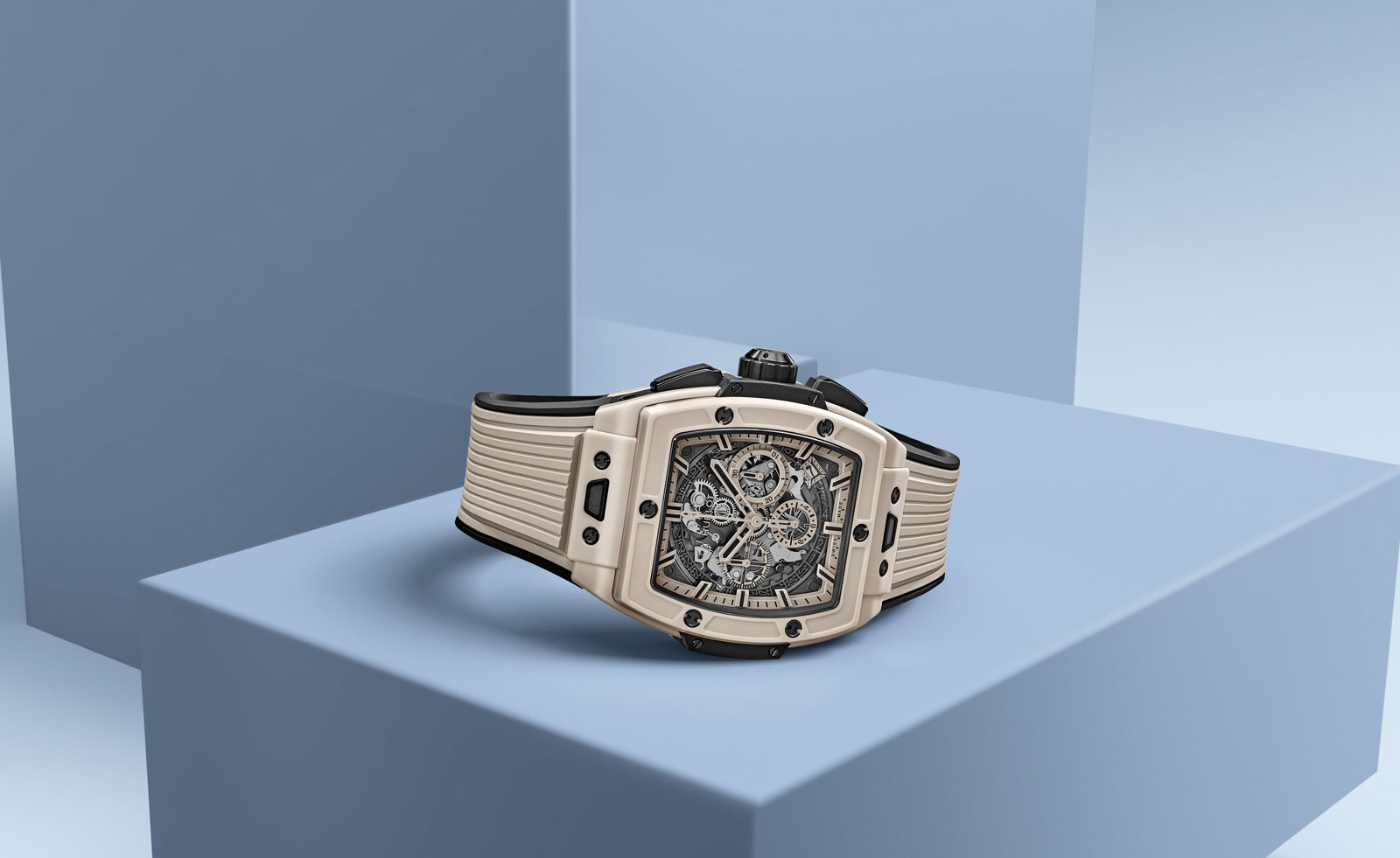 Pantone’s colour of the year on your wrist: discover watches in mocha mousse
Pantone’s colour of the year on your wrist: discover watches in mocha moussePantone’s mocha mousse is the colour of the year. Here are ten watches in the delectable rich chocolate tone
-
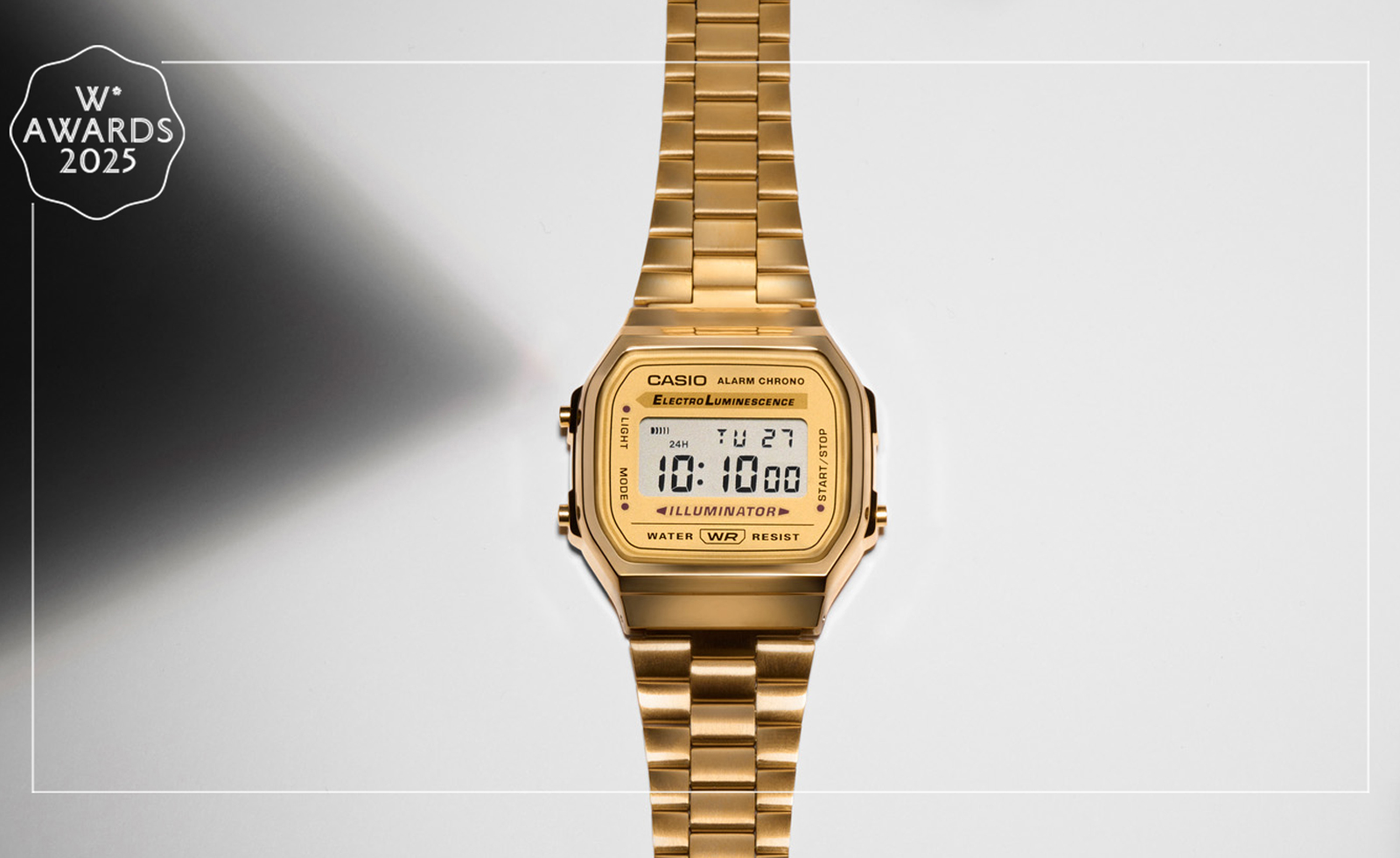 Wallpaper* Design Awards 2025: best watch reinterpretations
Wallpaper* Design Awards 2025: best watch reinterpretationsWatch brands including Casio, G-Shock and Audemars Piguet are going full circle – and we’re here for it
-
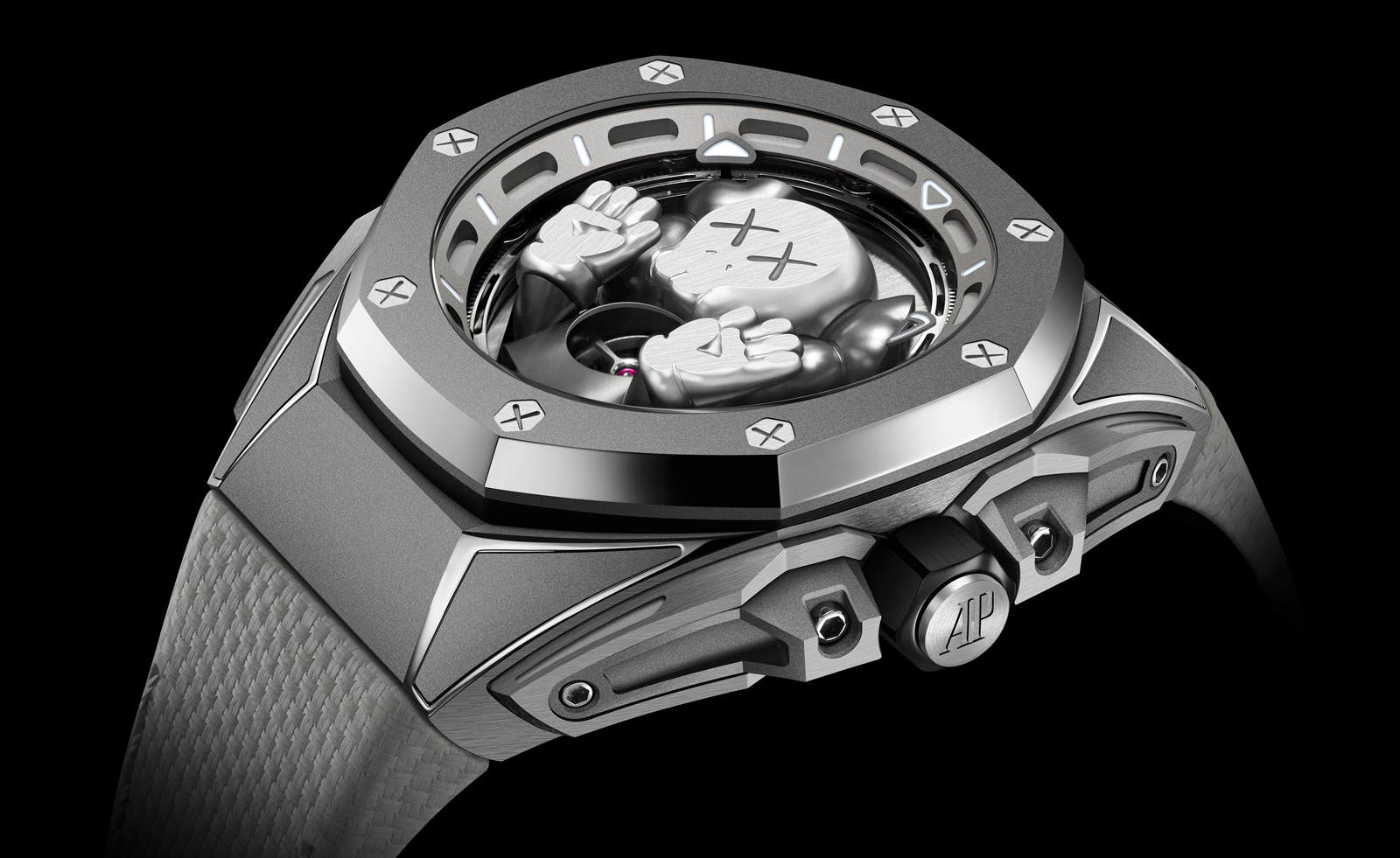 Audemars Piguet and Kaws have created the Royal Oak Concept watch we didn't know we needed
Audemars Piguet and Kaws have created the Royal Oak Concept watch we didn't know we neededThe Audemars Piguet x Kaws Royal Oak Concept Tourbillon 'Companion' is slick wrist-worn art
-
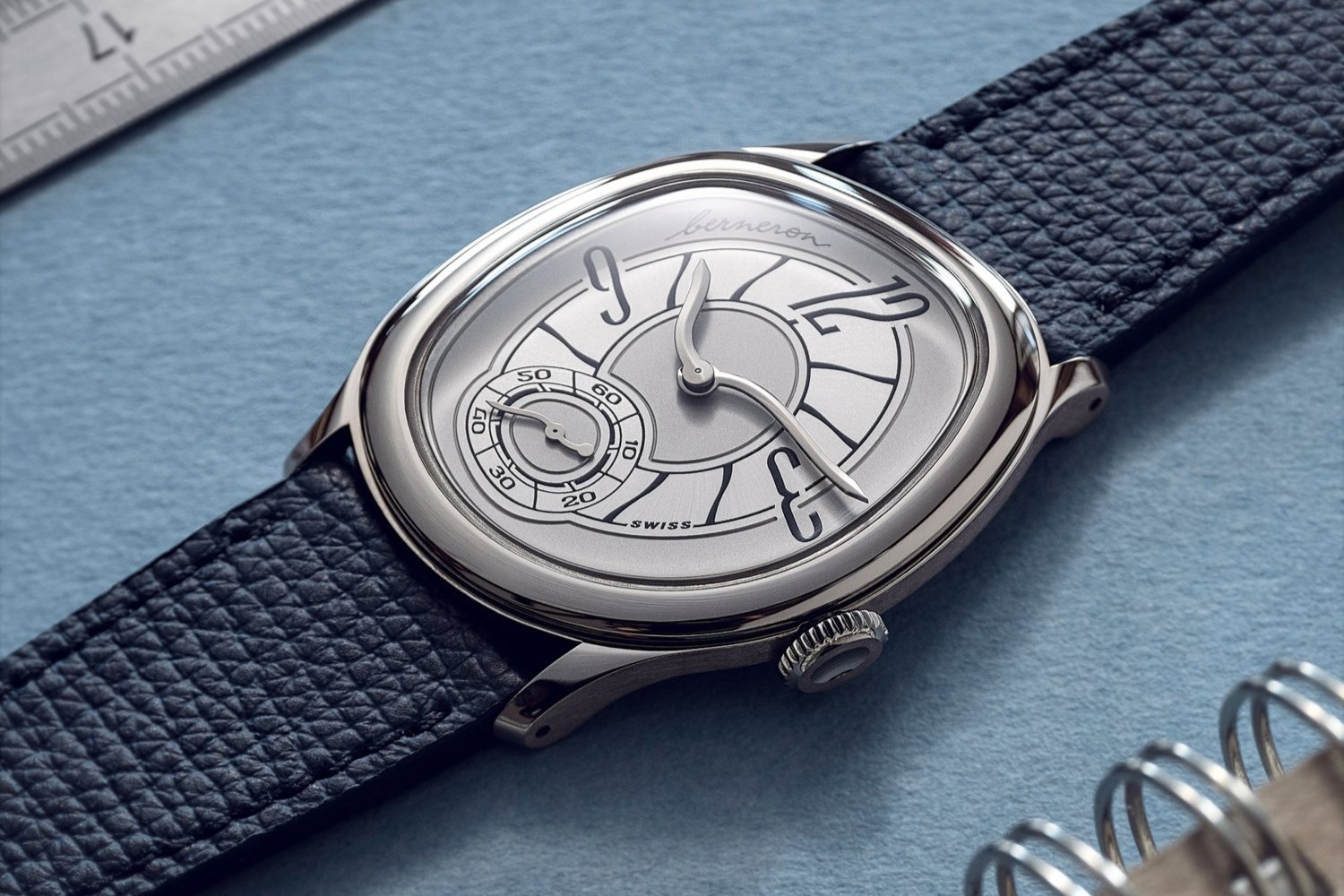 The rise and rise of odd-shaped watches
The rise and rise of odd-shaped watchesAsymmetrical, triangular, oval – a host of watch brands are experimenting with unexpected dial shapes. Here are some of the best
-
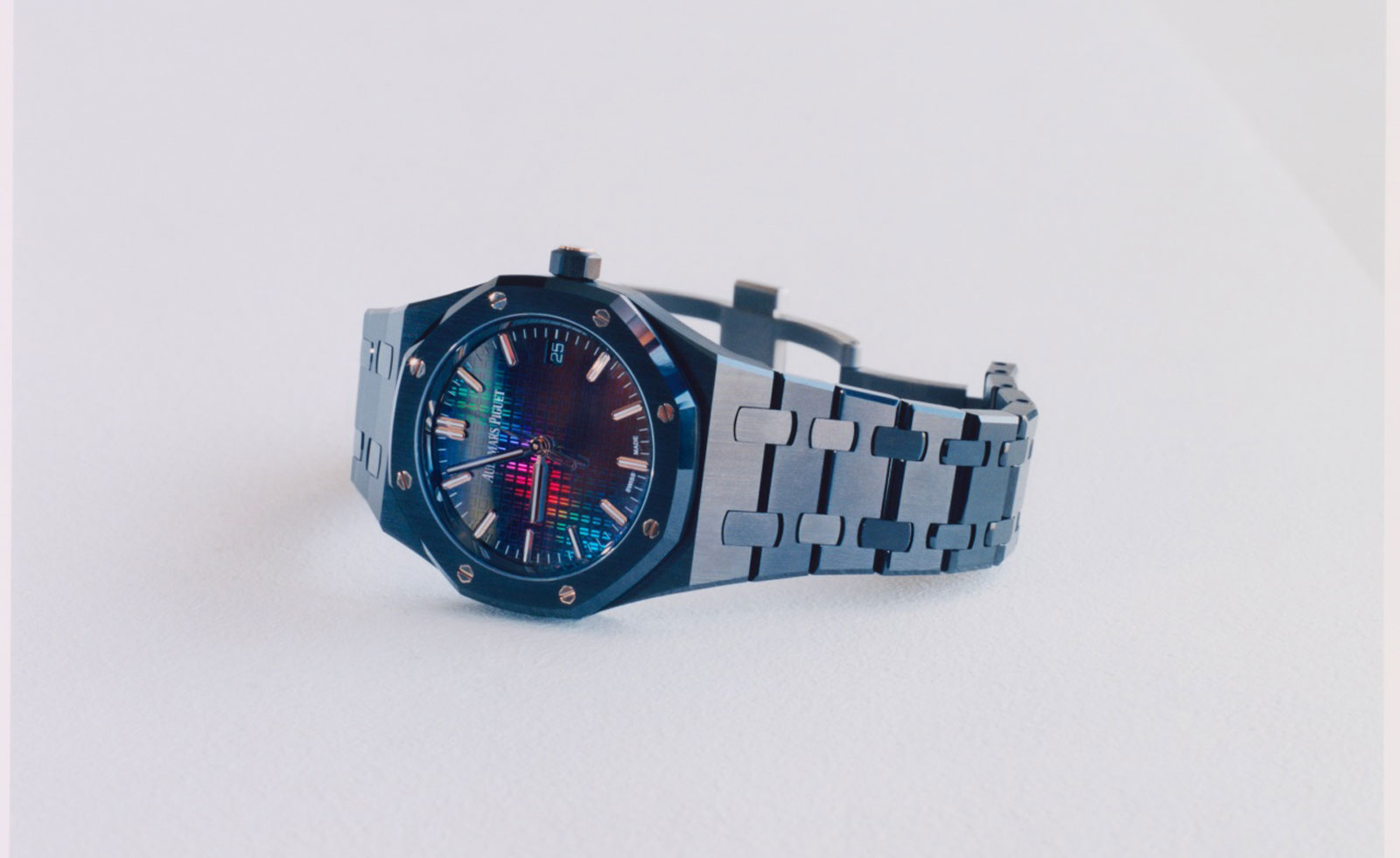 Polo, Reverso, Speedmaster: how a watch gets its name
Polo, Reverso, Speedmaster: how a watch gets its nameWatch names can quickly become iconic. But just where do they come from?
